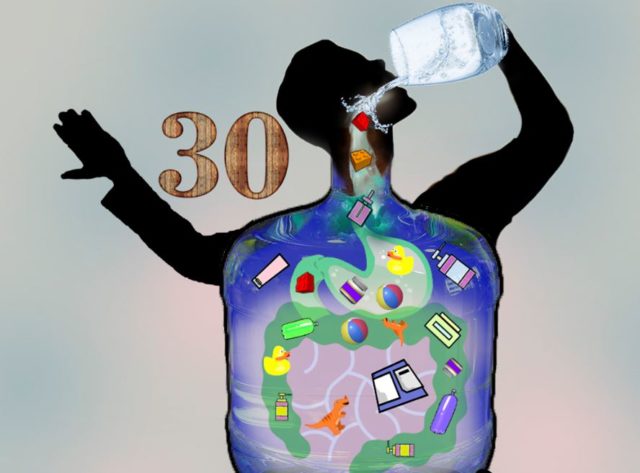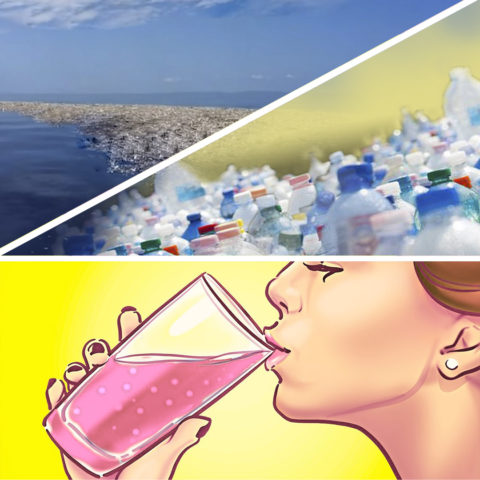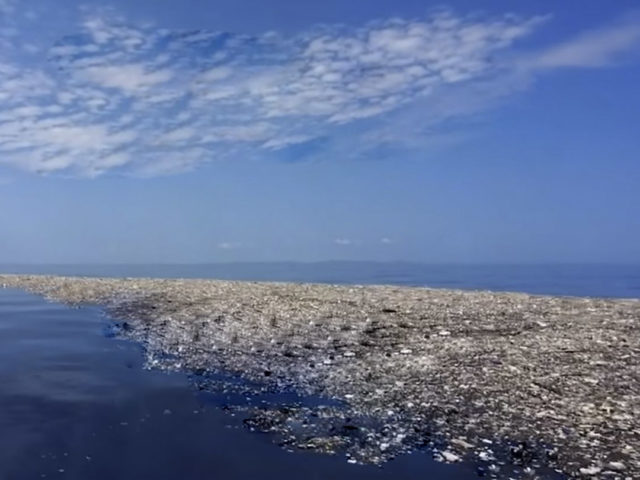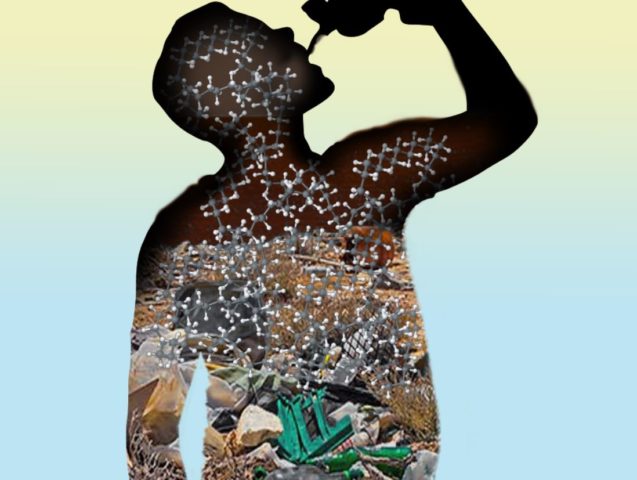Scientists Discover the Real cause of Human Accumulation of Microplastics
And struggle to reduce …

Have you ever heard about microplastics?
Microplastics are very small pieces of plastic that pollute the environment. Microplastics are any type of plastic fragment that is less than 5 mm in length. When plastic is disposed of, it can’t biodegrade.
Human contamination and accumulation of microplastics can occur via food, air (inhaling contaminated air) and drinking water causing cytotoxicity, hypersensitivity, unwanted immune response, and acute response like hemolysis.

Have you ever heard about the Great Pacific Garbage Patch?
The Great Pacific garbage patch is a gyre of marine debris particles in the central North Pacific Ocean. The collection of plastic and floating trash originates from the Pacific Rim, including countries in Asia, North America, and South America.

What amount of microplastics do we eat each week via food, air and drinking water?
Research combining the results of more than 50 studies globally has found that on average, people could be ingesting about 5g of plastic every week – equivalent to a credit card – in the air they breathe, the food they eat and, especially, the water they drink.
What effect does microplastics have on the human body?
It’s likely that ingesting microplastics could further expose us to chemicals found in some plastics that are known to be harmful.

What can we do in the future for Environment?
- Use a reusable bottle or mug for your beverages.
- Shop with reusable bags.
- Skip plastic straws.
- Choose recycle cardboard over plastic bottles and bags.
- Bring your own thermos to the coffee shop.
…and what can WE do now for Ourselves?
We would like to give you a presentation that covers the story of a couple to learn more about micro plastics and their potential adverse effects on the human body.
Privacy Policy | Terms Of Service | Contact Us
Copyright © 2021 All Rights Reserved.
Disclaimer:
Proper due diligence is always recommended before starting any type of diy/crafts projects.

